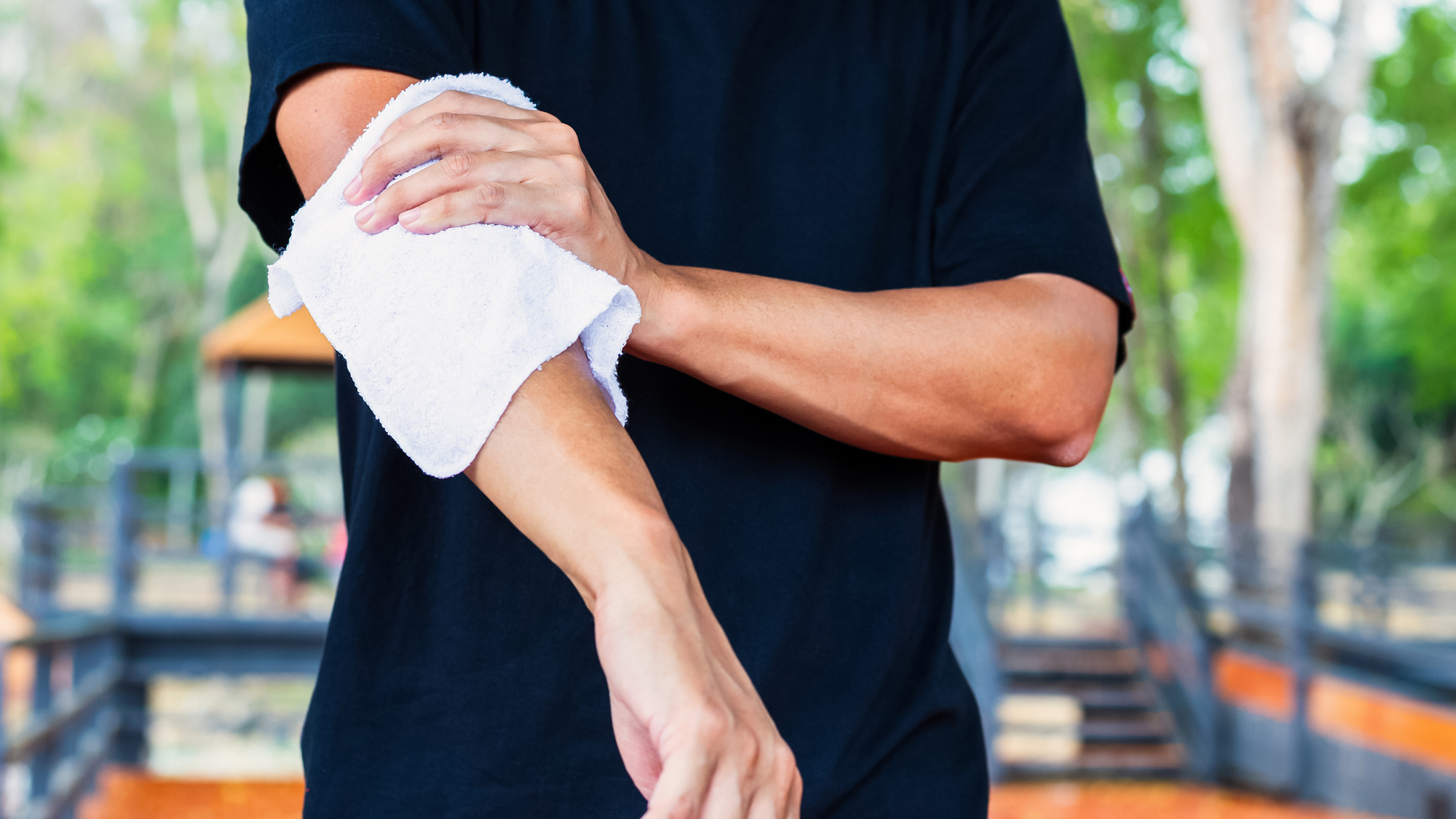Ice or heat: What's the best way to treat sore muscles?
Unfortunately there is no immediate fix for DOMS but there are ways to treat this – some more effective than others


Grabbing an ice pack or a bag of frozen peas is second nature to a lot of people when they experience muscle pain. However, a recent study has questioned how effective ice is when treating DOMS (delayed onset muscle soreness).
Some people try a whole range of things to reduce inflammation, such as a best foam roller for massaging out any tensions, or perhaps you like to take a long, hot bath to try relieve any lingering pain in your body.
And there seems to be an ongoing debate over ice or heat being the most effective treatment for achy muscles. So we looked into the most recent research and here’s what we can tell you.
Firstly, researchers at Kobe University conducted a study on mice looking into the effect of ice treatment for DOMS. They revealed that icing muscles after intense physical activity can actually slow down the recovery process, rather than speed it up. The Japanese researchers revealed that ice significantly alters the molecular environment inside injured muscles, and takes the negative effect of slowing down recovery rather than enhancing the healing process.

You might be less inclined to try out an ice bath after reading this – it's definitely not a pleasant experience anyway – if you do want to find an alternative for treating sore muscles, it may be worth your while experimenting with heat therapy.
A second study published in the Clinical Journal of Sport Medicine split a group of adults into three groups. Each group took part in DOMS activating exercise whereby one group had low temperature heat wraps applied immediately afterward, the second group had heat wraps applied 24 hours after exercise and the final group had no heat applied.
The results of the study revealed the group who applied heat to their muscles immediately after exercise experienced a significant reduction in soreness. The results remained positive for those who treated their muscles with the same process 24 hours after exercise, albeit slightly less impactful.
Start your week with achievable workout ideas, health tips and wellbeing advice in your inbox.
The study concluded that low-level continuous heat wraps left for 8 hours after intense exercise can reduce DOMS. So the next time you struggle to walk up the stairs after an intense workout, you should opt for a heat pack over an ice pack. Your body thank you for it.
Of course we don’t believe that DOMS recovery is all to do with what temperature you apply to the muscles. We also encourage simple activities like yoga, which can act as a form of active rest, hopefully stimulating the recovery process and increasing your range of motion by stretching the affected muscle.
Alexandra Baldi, Yoga Instructor and founder of yoga studio Compass Chelsea says, “Never underestimate the power of stretching for optimum recovery. You’ll know you need to stretch if you can identify feelings of overall stiffness in the body, tight muscles, poor posture and limited range of movement.”
Grab one of our best yoga mat entries and follow this video below to relieve your muscles with a full body stretch:
Jessica is an experienced fitness writer with a passion for running. Her career in journalism began in local news and she holds a Masters in journalism. Jessica has previously written for Runners World, penning news and features on fitness, sportswear and nutrition.
When she isn't writing up news and features for Fit&Well covering topics ranging from muscle building, to yoga, to female health and so on, she will be outdoors somewhere, testing out the latest fitness equipment and accessories to help others find top products for their own fitness journeys. Her testing pairs up nicely with her love for running. She recently branched out to running 10Ks and is trying to improve her time before moving on to larger races. Jessica also enjoys building on her strength in the gym and is a believer in health and wellness beginning in the kitchen. She shares all of this on her running Instagram account @jessrunshere which she uses for accountability and for connecting with like-minded fitness lovers.
